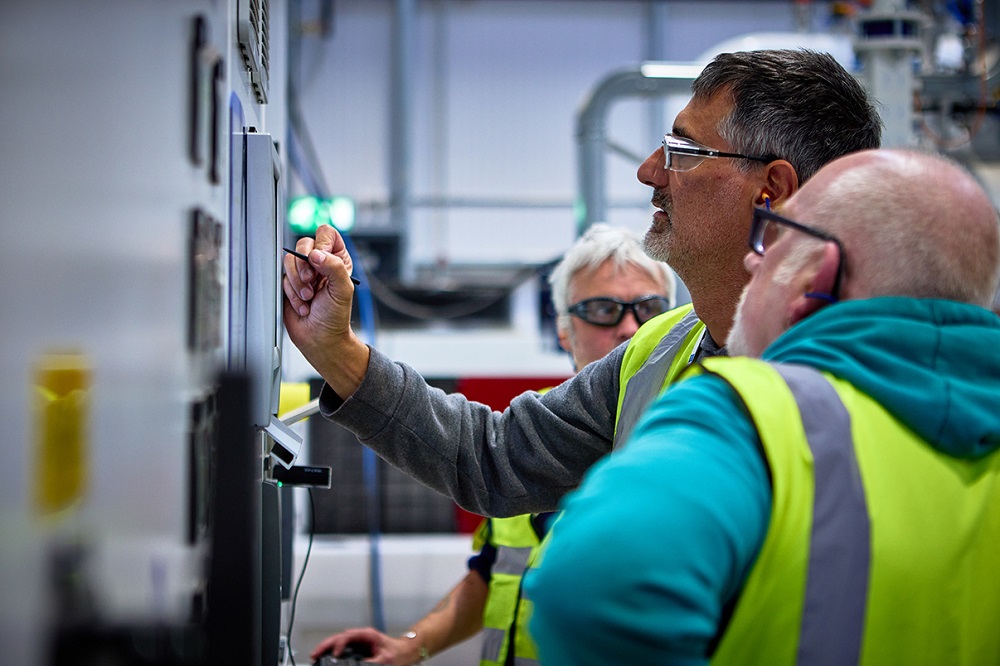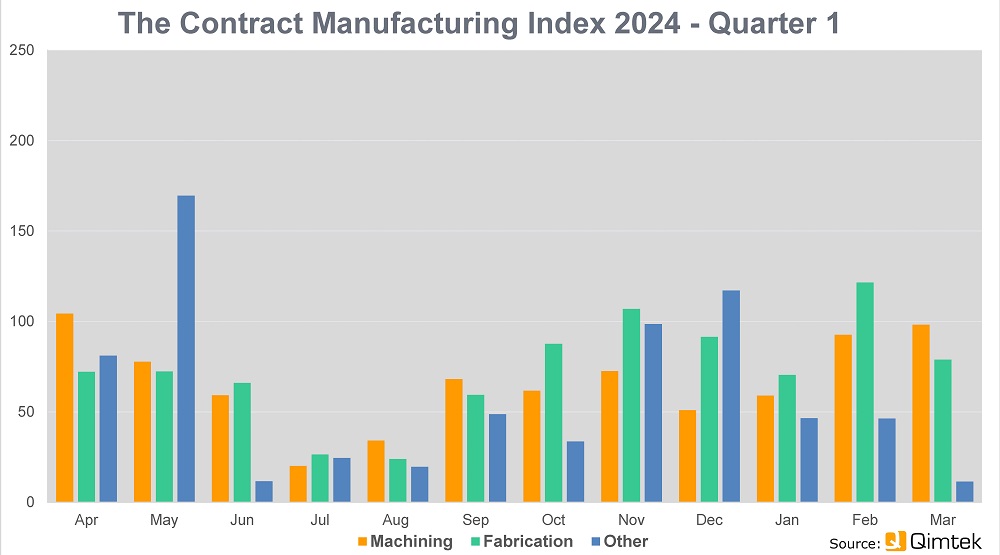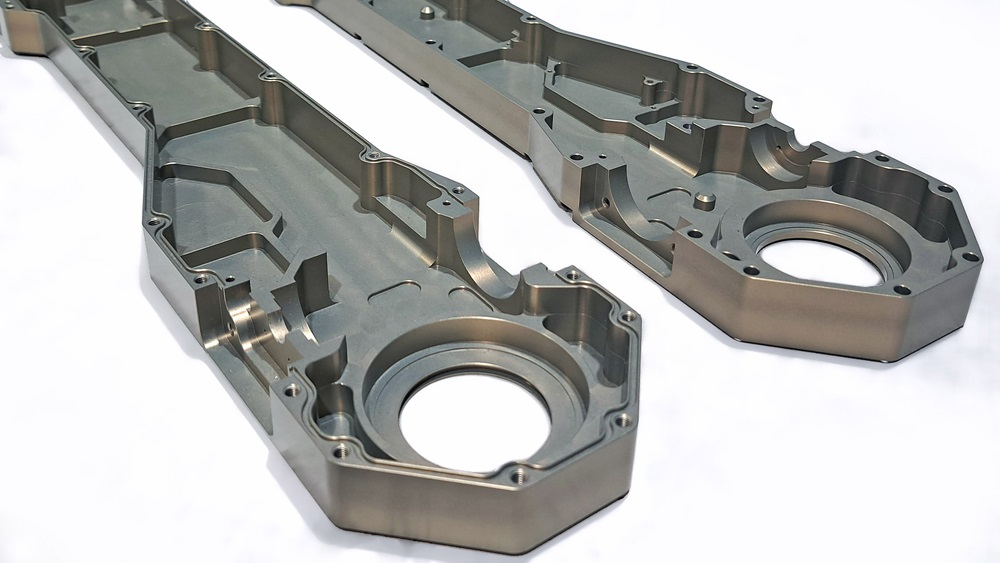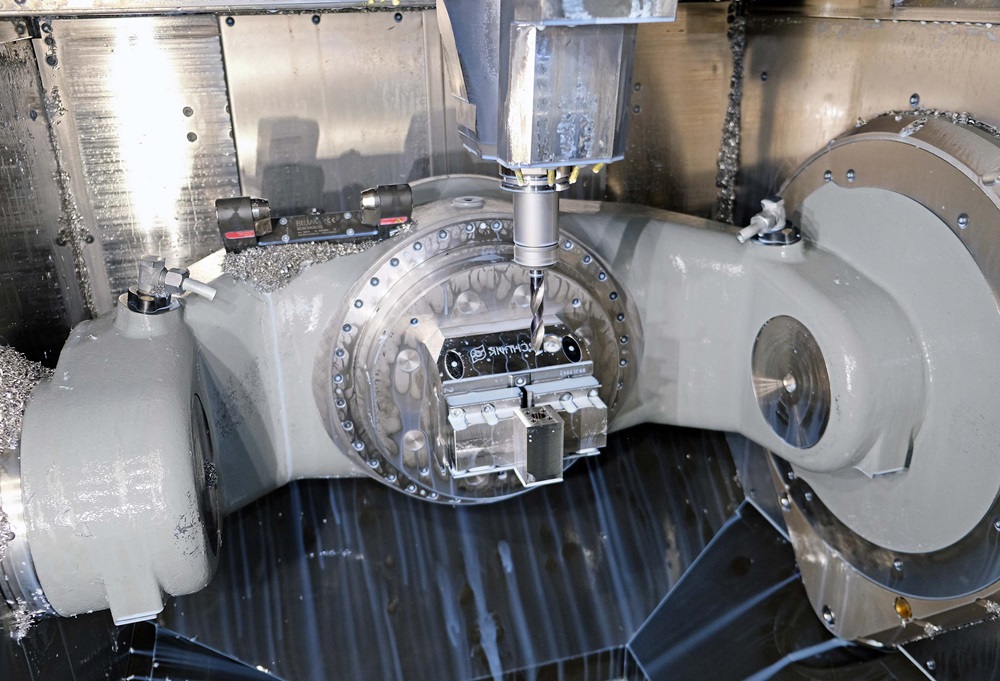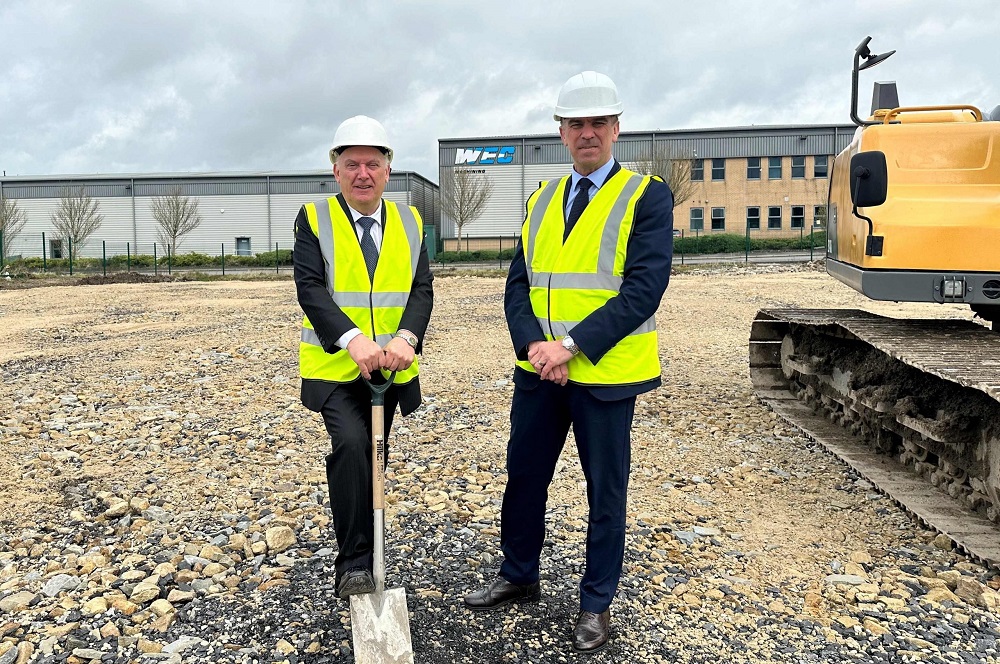Doncasters Group is pleased to announce the successful closing and funding of a new $500m senior debt facility that will be used to refinance its existing loan facilities (the ‘transaction).The $500m six-year loan and $50m committed delayed draw term loan will enable the group to repay its existing senior finance facility, repay a proportion of its PIK facility, and continue to make further strategic investments within its superalloy and precision casting businesses to facilitate its growth.
PGIM Fixed Income structured and anchored the financing. The Doncasters Group will maintain its current ABL facility that provides up to $110m of availability, further supporting both organic and inorganic growth opportunities in its core superalloy and precision casting markets.
For further information www.doncasters.com






